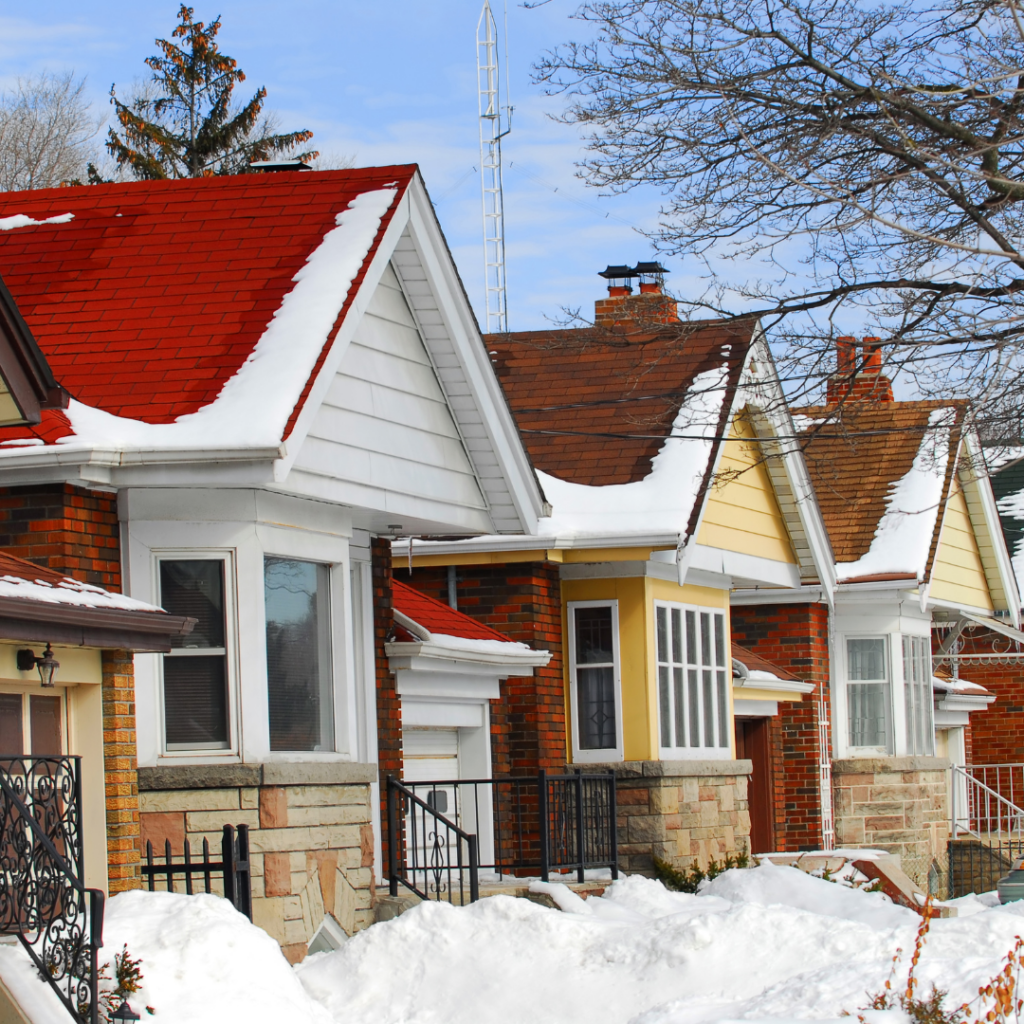As the mercury drops and winter sets in, it’s not just the chilly temperatures you need to worry about. Cold weather can create a cozy environment for an unwelcome guest – mold. While many associate mold issues with warm and humid conditions, the risk persists in colder climates. In this post, we’ll explore how cold temperatures can lead to mold growth and when it’s crucial to test for mold in your home.

The Cold Connection: Contrary to popular belief, mold doesn’t exclusively thrive in warm and damp conditions. In fact, cold temperatures can contribute to mold growth as well. When the temperature drops, the relative humidity in your home can rise, especially in areas prone to condensation. This increase in moisture, combined with organic materials like wood or drywall, creates an ideal breeding ground for mold.
Common Cold-Triggered Mold Areas:
- Basements: Cold basements are notorious for harboring mold. The temperature difference between the lower levels of your home and the outside air can lead to condensation on surfaces, providing the moisture necessary for mold growth.
- Attics: Insufficient insulation in attics can result in temperature variations that lead to condensation, promoting mold growth on the underside of the roof.
- Crawl Spaces: Poorly ventilated crawl spaces can experience temperature fluctuations, causing moisture to accumulate and create a prime environment for mold.
When to Test for Mold: While it’s essential to remain vigilant throughout the year, certain signs and situations warrant immediate mold testing:
- Musty Odors: If you notice a persistent musty smell, it could be a sign of hidden mold. Even if not visible, it’s crucial to investigate and test for mold.
- Water Leaks or Flooding: Cold weather can bring frozen pipes and potential leaks. Any water intrusion, whether from leaks or flooding, should prompt mold testing.
- Condensation Issues: If you observe condensation on windows, walls, or other surfaces, it indicates a moisture problem. Mold testing should be conducted to assess the risk.
- Allergy Symptoms: Cold-induced mold growth can trigger allergic reactions. If you or your family experience unexplained respiratory issues or allergy symptoms, testing for mold is advisable.
Don’t let the cold weather lull you into a false sense of security regarding mold. Cold temperatures can indeed contribute to mold growth, especially in certain areas of your home. Regular inspections, prompt addressing of leaks, and keeping your home well-ventilated are essential preventive measures. If you notice any signs of mold or experience related symptoms, it’s time to consider professional mold testing to ensure a healthy indoor environment for you and your loved ones.
